abnormalreply
TPF Noob!
- Joined
- May 1, 2010
- Messages
- 91
- Reaction score
- 0
- Location
- New York, NY
- Can others edit my Photos
- Photos NOT OK to edit
Does anyone know what's the sharpest aperture on the Nikkor 55-200mm VR and how does one go about finding this information of various lenses?
Thanks.
Thanks.


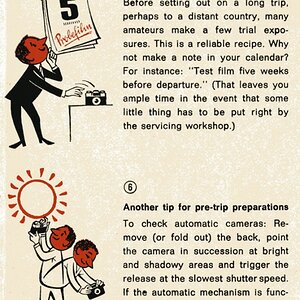
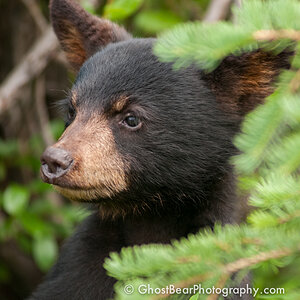

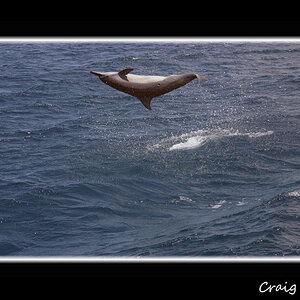
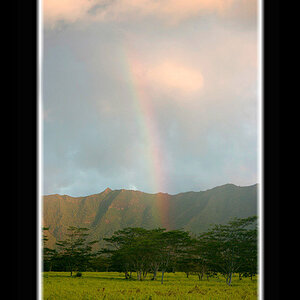




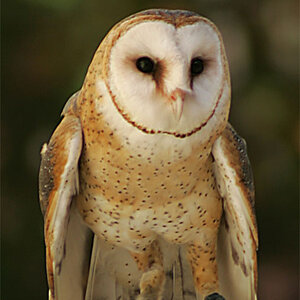
![[No title]](/data/xfmg/thumbnail/36/36676-cb11e40ab23f22c2a0af6fbf4ab02371.jpg?1619737676)
